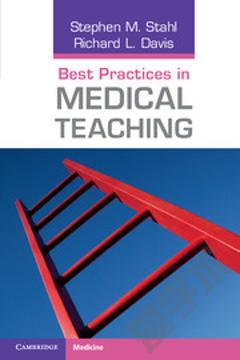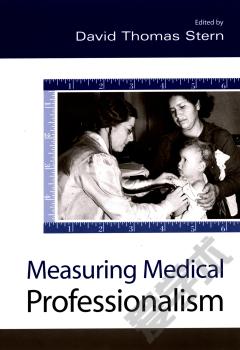Teaching Medical Professionalism
Part I. What Is to Be Taught: 1. The cognitive base of professionalism Sylvia Cruess and Richard Cruess Part II. Theory: 2. Educational theory and teaching methods in the teaching of professionalism Yvonne Steinert 3. Professionalism and the socialization of medical students Frederic Hafferty Part III. Principles: 4. Principles for designing a program for the teaching and learning of professionalism at the undergraduate level Richard Cruess and Sylvia Cruess 5. Resident formation: a journey into authenticity David Leach 6. Supporting professionalism in the educational setting: changing the educational environment and the student's 'navigational skills' T. Inui, A. H. Cottingham, R. M. Frankel, D. K. Litzelman, A. L. Suchman and P. R. Williamson 7. Assessment and remediation in programs of teaching and learning professionalism Louise Arnold and Christine Sullivan 8. Developing professionalism across the generations Sharon Johnston and Mark Peacock 9. Faculty development for teaching and evaluating professionalism Yvonne Steinert 10. The relationship between teaching professionalism and licensing and accrediting bodies Sir Donald Irvine 11. Educating the public about professionalism Jordan Cohen and Linda Blank Part IV. Practice: Case Studies in Teaching Professionalism Across the Continuum: 12. Learning professionalism in a traditional or organ-based curriculum Erika Goldstein 13. Learning professionalism in a problem-based learning curriculum Gillian Maudsley and C. M. Taylor 14. Learning and fostering professionalism during residency Linda Snell 15. Continuing professional development: a focus on professionalism Dave Davis.
{{comment.content}}








 京公网安备 11010802027623号
京公网安备 11010802027623号